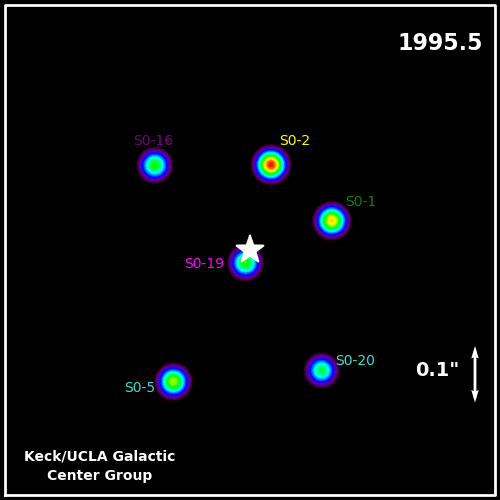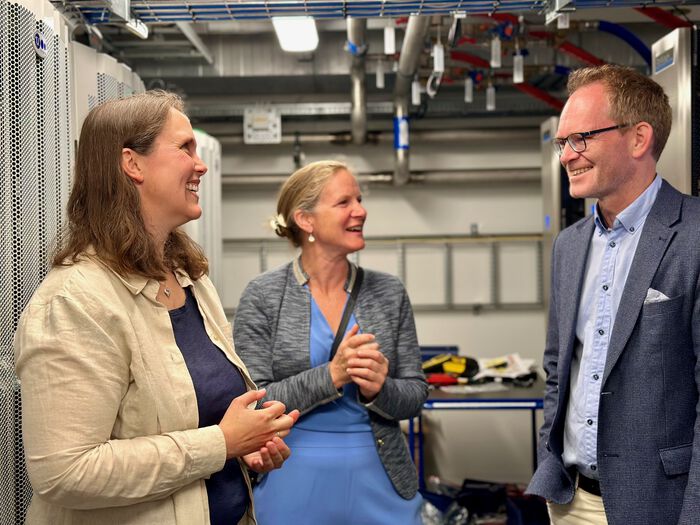
This article is written by Sladana Radinovic
In the 90s professor Ghez became a faculty member at UCLA (University of California, Los Angeles). At the time, astrophysicists were already aware that some galaxies have supermassive black holes in their centers. While most are quiet and "ordinary", these prima donnas of the galaxy world, as professor Ghez likes to call them, have an incredibly bright and active central region — an active galactic nucleus (AGN). This is where the enormous black hole lives, surrounded by a disc of infalling gas and dust that shines brighter than all the stars in the galaxy combined.
Soon, however, scientists started wondering if all galaxies had supermassive black holes in their centers. Without a lot of dust around, the black hole in most galaxies would sit undisturbed and invisible, swallowing any light that touches it. Even our own Milky Way could have such a sleeping giant, and Andrea Ghez was determined to prove it.

Though the black hole could not be observed directly, Andrea Ghez was hoping to see stars orbiting around it. Her position at UCLA luckily gave her access to the large Keck telescope, located in Hawaii, but her path wasn't without obstacles. Her proposal to use the near-infrared camera on the Keck was immediately rejected as it was considered impossible to resolve the stars at such a small scale. Luckily, some colleagues offered her some of their observational time and she was free to point the telescope at Sagittarius A*, a strong radio source believed to be the supermassive black hole. The observations were enough to prove the measurements were possible and, with a lot of adjustments and improvements, an over two decade long observational campaign was underway.

After several years of taking snapshots and tracking the stars, in 2008, Ghez and her team used Kepler's laws of motion (the same ones that describe the motion of planets in our own Solar System) to determine the mass of the central object. This mass was found to be millions of times larger than the mass of our Sun and enclosed in a space so small that the results seemed clear: the only way they could explain it was a supermassive black hole.
But the work didn't stop there. After ten more years of observation, they could track the full orbit of S2, the star closest to the black hole. Observations from its closest approach to the black hole seemed to match perfectly with predictions from Einstein's theory of relativity, providing another strong proof that general relativity is right.
Today Andrea Ghez is still trying to untangle all the mysteries of Sagittarius A*, while also focusing on teaching and inspiring new generations of UCLA students. She believes receiving the Nobel prize will give her a larger platform and help her show a new generation of women that there is a path forward:
“I hope I can inspire other young women into the field. It’s a field that has so many pleasures, and if you are passionate about the science, there’s so much that can be done.”





